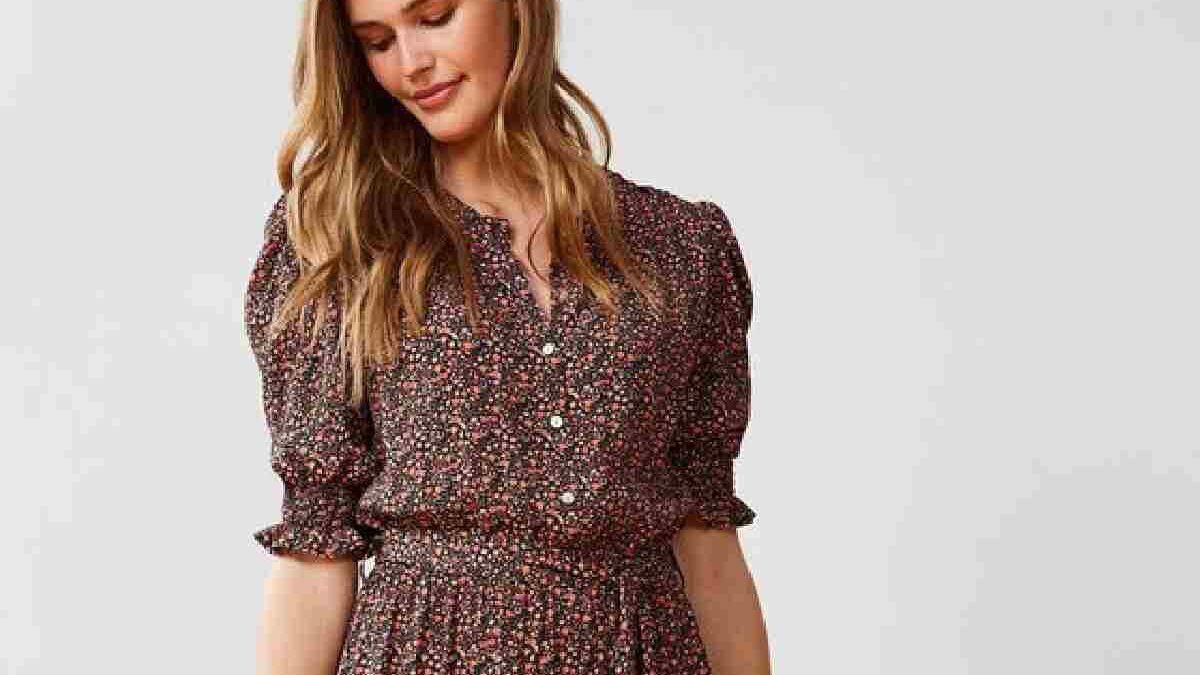Table of Contents
Introduction
Clothes are Sustainable? The first step is to know what to look for in our clothes. And we start by Looking for the essential elements for designing a brand to be sustainable. Next, we seek to understand which negative consequences the brand or product may cause in terms of environmental impact, social impact, and animal life and ecosystems. We must then ask:
What are the environmental impact and consequences for the planet arising from the activities developed by the brand, whether in the pre-production and manufacture phase, in the promotional and distribution phase, or commercialization phase?
Social Impact
What is the social impact arising from the employed conditions of its employees? Here, it requires considering whether there are precarious conditions or ones that jeopardize the health and life of the employee while performing work activities.
The brands must consider this concern throughout the supply chain. As we know, many of the Fast Fashion brands do not know or disregard whether their suppliers comply with labour laws, particularly when moving factories, for example, to countries where working conditions are questionable.
Some industries recognize Fairtrade value, particularly food, which we can also apply to the fashion industry.
However, intermediaries often exploit intermediaries, making it impossible for all agents in the chain to remain recognized for the substantial value of their work, precisely those who produce the clothes.
Sustainability
The areas we most relate to sustainability in this industry are animal life and ecosystems consequences. Historically, we associate clothing and footwear brands with the indiscriminate use of animal skins, exotic or not.
The methods used for using different skin types left a part of society shocked, followed by protests to the atrocities committed over the years.
Through greater awareness, brands have appeared for customers demanding more products produced from materials that do not come from animals.
Now that we’ve understood what we’re looking for in terms of impact
Where Can We Look?
We can start by staying on the brand’s website and social media to comprehend what they are doing and how they are responsible for it.
We can also research the brand’s mission and values and consider sustainability an ongoing purpose. On social media, it’s possible to follow the brand’s practices and if the actions proposed are meeting its promise.
The brand’s information we are searching for must be clean and intelligible to the reader. And they use total transparency in the information provided. The same should happen if we directly question the brand, something I’ve done several times.
Another way is the one we use the most. Like looking at the product label and checking if there is any clue that it can be sustainable in at least one area (environmental, people/social and animal).
As advertising can say whatever it wants, it becomes more difficult to distinguish what is true or false, hence the importance of creating Standards. And Certifications that can determine whether brands are sustainable or which areas are more focused
Therefore, look for the Clothes that are Sustainable documentation that the brand has. Certification by independent entities ensures an item complies with the requirements for certification. There are several certifications, and some of them you’ve already had contact with, for example, on wear labels.
Conclusion
There are, however, Clothes are Sustainable, footwear and accessory brands that have already started their transition process. And they effectively translated their effort into a lower environmental, social, and animal welfare impact.
To the brands that by enormous effort commits to and comply with their sustainability plan. We can and must allow the brand to attain the success it deserves.

